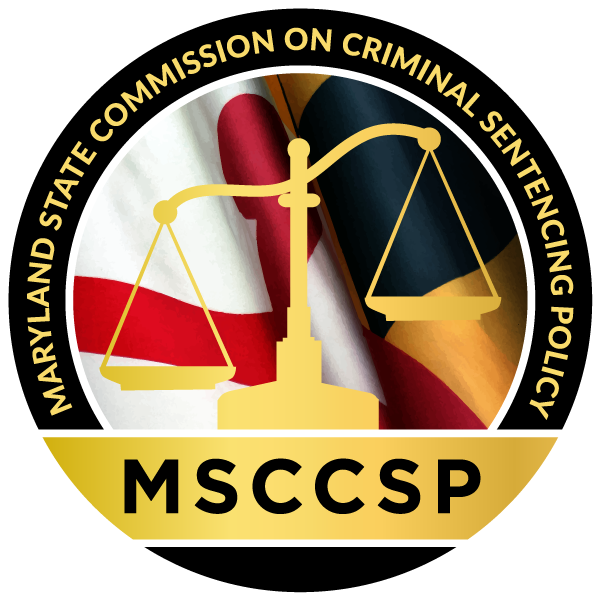Sentencing Guidelines Worksheet Changes, 2019
In July 2019, the MSCCSP began distribution of version 2.0 of the Maryland Sentencing Guidelines Worksheet. Version 2.0 implemented the following changes:
Separating Reconsideration and Review from the Disposition Types
The first revision to the sentencing guidelines worksheet separates Reconsideration and Review from the disposition types. Previously, the disposition section of the worksheet listed several plea and trial disposition types as well as Reconsideration and Review. SeparatingReconsideration and Review from the other disposition types permits users to indicate both how the case was disposed (plea or trial) as well as whether or not the sentencing was a reconsideration for a crime of violence or a review.
Modifying the Racial Categories
The second revision to the sentencing guidelines worksheet modifies the racial categories so that they mirror those required by State Government (SG) Article, § 10-603. SG, § 10-603 specifies that forms requiring the identification of individuals by race include the following racial categories:
- American Indian or Alaska Native;
- Asian;
- Black or African American;
- Native Hawaiian or other Pacific Islander; and
- White.
While the previous worksheet’s racial categories were similar to those of SG, § 10-603, there were minor differences between the two. The revised categories are consistent with the racial categories specified in SG, § 10-603 and provide for multiracial responses.
Specifying the “Other” Corrections Options and Capturing Other Alternatives to Incarceration
The third revision to the sentencing guidelines worksheet specifies the “other” corrections options and captures other alternatives to incarceration. Pursuant to the Justice Reinvestment Act (Senate Bill 1005/Chapter 515, Sec. 8, 2016), the MSCCSP conducted a study of alternatives to incarceration in Maryland. This report includes seven recommended actions. Recommended action #4 advises that the MSCCSP collect additional data on sentences utilizing alternatives to incarceration. Prior to July 1, 2019, the worksheet captured whether the offender’s sentence included “drug court” and/or an “other” corrections options program, but it did not capture the nature of the “other” program. The revised worksheet specifies the “other” corrections options and also captures other alternatives to incarceration.
The revised corrections options field provides the following list of options:
- Drug court;
- Other problem-solving court (explain);
- Home detention;
- Suspended sentence per CR, § 5-601(e);
- HG, § 8-507 order;
- Work release;
- Weekend or other discontinuous incarceration;
- Inpatient substance abuse treatment;
- Inpatient mental health treatment; and
- Other (explain).
Additionally, the other alternatives to incarceration field provides the following list of other alternatives:
- Outpatient substance abuse treatment;
- Outpatient mental health treatment; and
- Other (explain).
Removing the Subsequent Offender Filed and Restitution Requested Fields
The fourth revision to the sentencing guidelines worksheet removes the Subsequent Offender Filed and Restitution Requested fields (note: Subsequent Offender Proven and Restitution Proven are retained). Worksheet preparers rarely complete the Subsequent Offender Filed and Restitution Requested fields, and the fields offer little analytic value. Additionally, removing these fields provides a counter-balance to the addition of items to collect more information regarding corrections options and other alternatives to incarceration.




